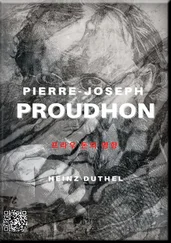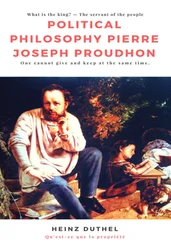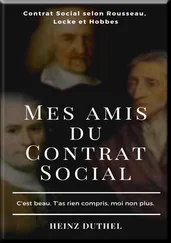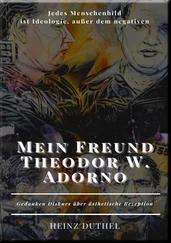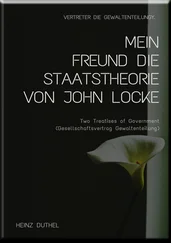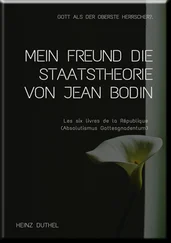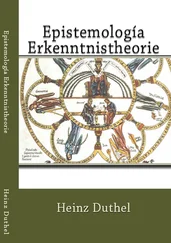1 ...7 8 9 11 12 13 ...23 Overall I adopt a position that Karl Marx’s analysis of capitalist society and his critical methodology remain largely correct, but require some revision due to changed economic and social circumstances [Althusser, 1969 #26; Gramsci, 1928 - 1935 #283; Lenin, 1902 #162; Lenin, 1905 #541; Lenin, 1916 #628; Lenin, 1917 #163]. It has been argued [Harvey, 1990 #584, p 36] that the historical location of Karl Marx’s undertaking resulted in his analysis overstating three issues: the political mission of the working class, the coercive nature of the bourgeoisie and the role of property ownership. This however reflects the context he was working in rather than some flaw in his analysis.
A detailed understanding of agency has not been developed until recently as sociology and social theory has illuminated the complex nature of human society. Both Valdimir Lenin [Lenin, 1902 #162; Lenin, 1905 #541; Lenin, 1917 #163] and Antonio Gramsci [Gramsci, 1928 - 1935 #283] have strongly criticised an economistic approach to a Marxist analysis of capitalism. Antonio Gramsci developed the notion of ‘hegemony’ as a major contribution to our understanding of the mode of operation of capitalism and this is a concept that has considerable potential for understanding the classroom. I shall look into the notion of hegemony since it is important to understand the role played by the dominant conceptions of the world on the structure of teachers’ discourse.
2.1.3 Gramsci’s notion of hegemony
Antonio Gramsci spent most of his political life imprisoned by the Italian Fascist Government. Most of his writings were produced in and from his prison cell which has some bearing on how we need to read him. His writing needed to be censored and was thus written though a filter, and in more than one case it has been argued that some of the contradictions in his theoretical framework arose just due to this effect [Barrett, 1991 #32, p 54 - 56].
Antonio Gramsci neither introduced nor invented the word ‘hegemony’; there is evidence that it was previously used by Plekhanov in 1888 [Bocock, 1986 #111, p 25; Laclau, 1985 #193, pps 24 - 25]. He did spend a considerable amount of time grappling with the issue of how capitalist societies were organised to maintain a considerable - if not total - domination of all sectors of life. In particular at how:
Bourgeois ideology, in other words, takes a number of superficial ideas and then constructs around these an overall interpretation which it passes off as being the whole story.
[Ransome, 1992 #200, p 123]
When re-reading some of the work of Antonio Gramsci for this Study I was struck by how useful it could be applied to the teaching of mathematics; how there are many superficial arguments which take on a life of their own, working to cloud deeper questions. There are various hegemonic discourses in mathematics education, which appertain to be ‘the whole story’, yet which mask a deeper set of influences and implications: setting by ability is a good example of such a hegemonic discourse.
Antonio Gramsci describes two ways in which this hegemony may be manifest. First it can be through coercive control - through the direct force or threat of force of the state, police army etc. as well as the courts. We can see this emerging through the statutory nature of the National Curriculum legislation and its associated testing regimes. Second, hegemony may be manifest through consensual control when individuals readily assimilate the Weltanschauung or worldview of the dominant group [Gramsci, 1971 #282, p 80]. Hence, hegemony is achieved not only through legal compulsion, but also by winning the active consent of diverse social groups. Antonio Gramsci furthermore contributed to shifting the classical debates on ideology. For Antonio Gramsci, ideology was neither a set of ideas nor false consciousness, rather it was
an organic and relational whole, embodied in institutions and apparatuses, which welds together a historical bloc around a number of basic articulatory principles.
[Laclau, 1985 #193, p 67]
Antonio Gramsci espoused the notion of there being classes, in favour of ‘collective wills’ and what was significant was not class belonging, but
the attainment of a cultural-social unity through which a multiplicity of dispersed wills with heterogeneous aims are welded together with a single aim, on the basis of an equal and common conception of the world.
[Gramsci, 1928 - 1935 #283, Vol: 2, p 349]
There is a ring of truth here for how we see the debates over educational policy and practice over the last 20 years where we have seen a struggle to gain or maintain hegemonic dominance in a range of positions. We now have in the UK regular tests, school league tables, and a prescriptive numeracy and literacy strategy to cite just four examples. The National Curriculum has now seemingly gained active general consent, as has ‘setting by ability’ which was in the 60s and 70s a contested arena. We now see setting, as the official doctrine of the Labour Party, already spreading into Primary Education. Hegemony thus allows a broad strategic front to be constructed, which sweeps many along with it. The advantage of Antonio Gramsci’s concept of hegemony is that it frees us from the vision of a ‘spectre’ dominating us. It conceptualises the way in which hegemonic strategies achieve dominance, not by overt oppression, but by mechanisms of popular consent [Hall, 1988 #77, pps 53 - 55].
It entails a critical passage of a system of domination into the authority of a leading bloc, which is capable not only of organising its own base through the construction of alliances between different sectors and social forces, but which has as a central feature of that process the construction and winning of popular consent to that authority among key sectors of the dominated classes themselves.
[Hall, 1988 #77, p 55]
Antonio Gramsci’s development of hegemony is recognition that capitalism does not exist merely by the imposition of power from above. There needs to be some coercion, but there also needs to be consent and acceptance of how things are. In this, Antonio Gramsci is in agreement with Michel Foucault. He diverges from Michel Foucault however in his recognition that not all power is ‘in the relation’ or all pervading. I discuss this more fully in Chapter 3. Power is differential and varied depending on the social context. Some people and some social groups posses more power than others and this may be economic, cultural, or the coercive power of the state. Antonio Gramsci then goes beyond Michel Foucault’s Study of how power exists to look at why it exists and circulates in the way it does. Hegemony is the process or power by which the dominant class maintains its dominant position through the organisation and legitimisation of certain ideologies, practices, structures, beliefs and expectations.
Hegemony is a lived system of meanings and values, not simply an ideology, a sense of reality beyond which it is, for most people, difficult to move, a lived dominance and subordination, internalised.
[Williams, 1977 #543, p 108-115]
This process of internalisation of hegemony and the way in which dominant positions evolve and gain ascendance remains a fundamental question of the interplay between agency and structure; between one’s individual dispositions and what become transmitted as the socially accepted norms and values. For Antonio Gramsci, as for Pierre Bourdieu and Michel Foucault, it is important to consider inner drives and needs - the ‘structure of feeling’ as he put it - for in this way a counter-hegemonic culture could be developed which might help us to begin to change the world. Where Antonio Gramsci deviates from Michel Foucault is over the derivation and genesis of these inner drives. For a Marxist, they reside in the underlying relations of production. For Foucault, they lie in a Nietzschian will to power. This is a significant distinction. My direction in this Study is toward the former orientation. Furthermore, in an effort to see how hegemony can operate through teachers, I focus through the overarching social structures and strategies, toward the underlying agentic social imagery of teachers.
Читать дальше


